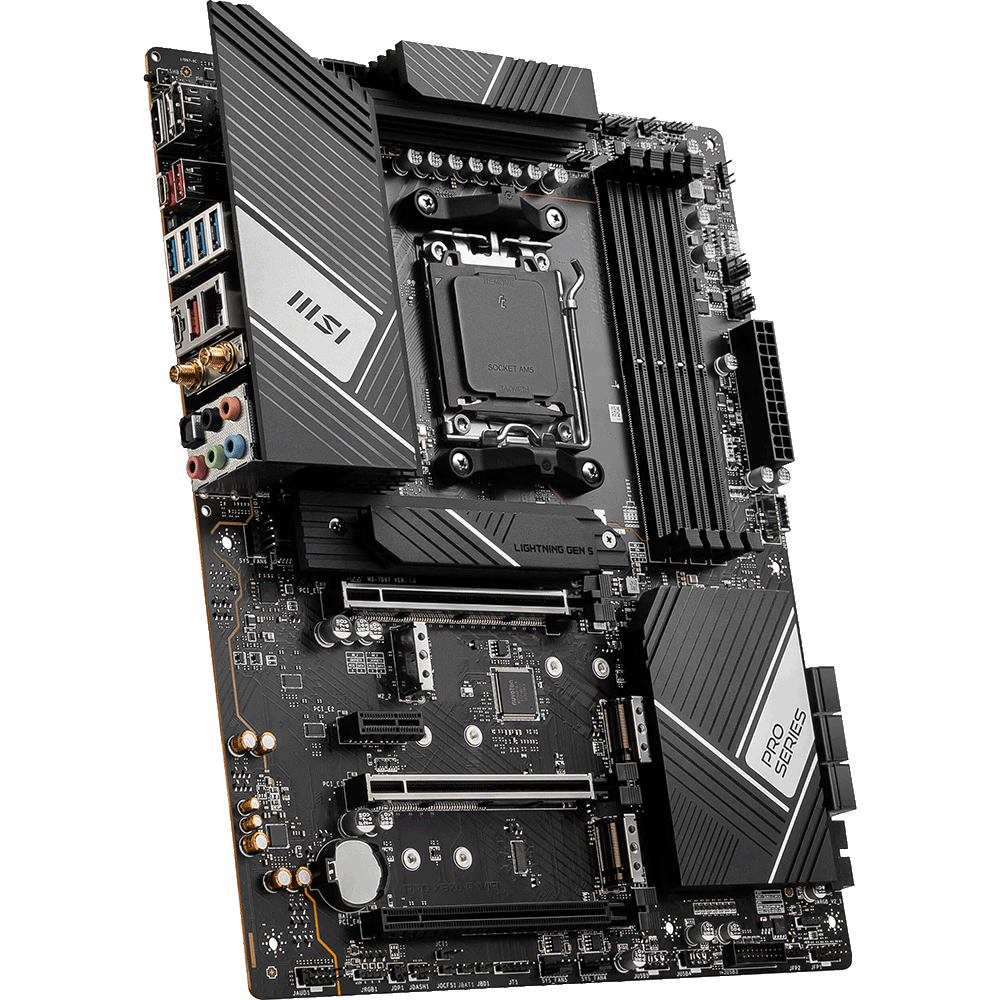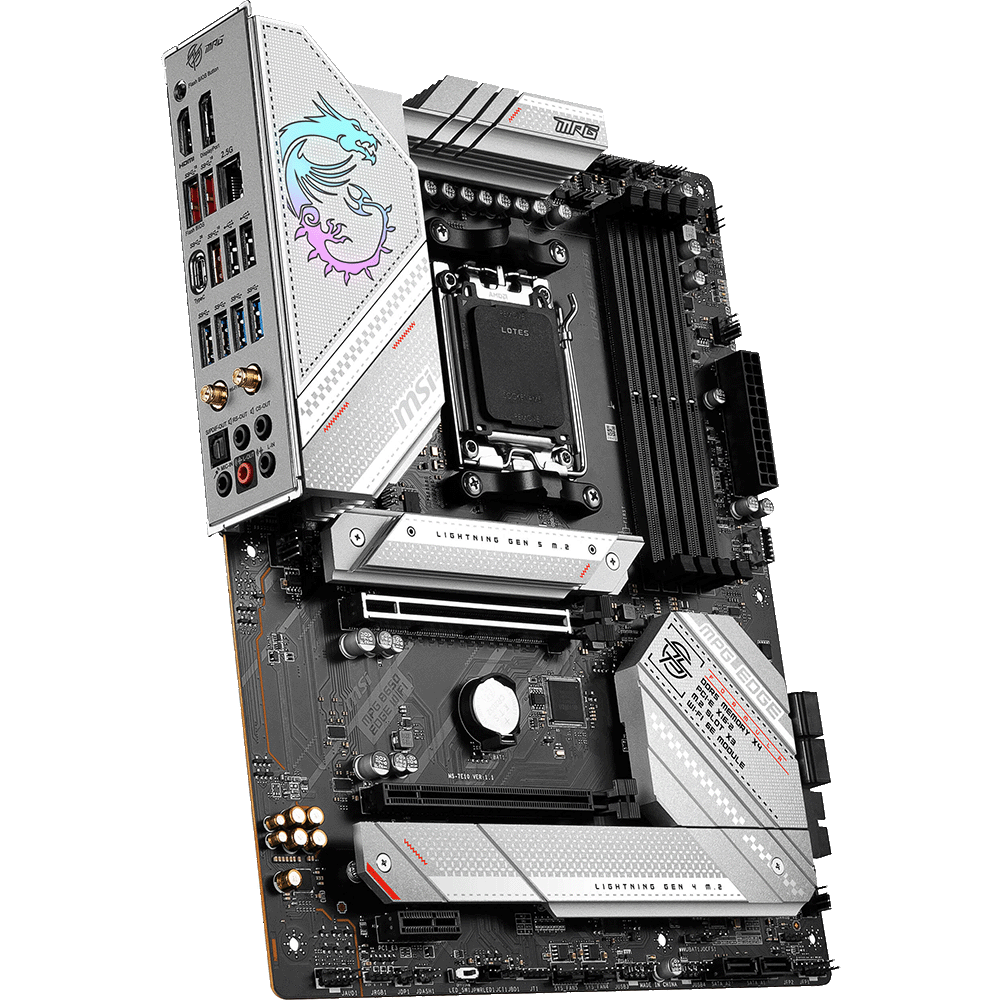 AMD’s AM5 platform is here, and with it comes two new chipsets: the X670 and B650. Both chipsets offer a number of features and benefits, but they also have their own strengths and weaknesses. So when comparing X670 vs B650, which is right for you?
AMD’s AM5 platform is here, and with it comes two new chipsets: the X670 and B650. Both chipsets offer a number of features and benefits, but they also have their own strengths and weaknesses. So when comparing X670 vs B650, which is right for you?
The X670 Chipset

The X670 chipset is the more powerful of the two, designed for high-end users who want the best possible performance. X670 offers a number of features that the B650 chipset doesn’t, including:
- Support for PCIe 5.0: The X670 supports PCIe 5.0, which is the latest and fastest version of the PCIe standard. This means that you can get the most out of your PCIe 5.0 devices, such as high-end graphics cards and NVMe SSDs, as more of those become available, that is.
- More PCIe lanes: The X670 chipset has 44 PCIe lanes vs the 36 available from B650. This means better throughput for connecting devices to your motherboard, such as multiple graphics cards, storage devices, and expansion cards.
- Overall connectivity: X670 offers the widest range of connectivity options within AM5 including up to 8 SATA and 12 USB 10 Gbps ports.
- Better VRMs: X670 has better VRMs than B650. VRMs are responsible for providing power to your CPU, so better VRMs can help you overclock your CPU more easily as well as manage the thermals of the higher end Ryzen processors, even when not overclocked.
Best for: enthusiast builds with Ryzen 7 or 9, overclocking, workstations
The B650 Chipset

The B650 chipset is the more affordable option which makes it a good choice for budget-minded users who don’t need the features of the X670 chipset mentioned above. These boards still fully support AM5 socketed processors like the Ryzen 7000, but do lack some of the extras offered by X670. A few notes to be aware of:
- Support for PCIe 4.0 only: The B650 chipset supports PCIe 4.0 only, which is the previous generation of the PCIe standard. Gen 5 is only an option with the B650E (more on that later).
- Connectivity: B650 provides no more than 4 SATA and 6 USB 10Gbps ports, limiting expansion and peripheral options
- Cooling/Power management: though the chipset does officially support the highest end of the product stack like the 7950X, the lower end VRMs are best used with more mid-range CPU options.
Best for: Budget builds with Ryzen 3 or 5
What about X670E and B650E?
In addition to the standard X670 and B650, AMD has also released “Extreme” versions of each, abbreviated as “E.” These E versions offer the same features but with a different allocation of PCIe Gen 4 and Gen 5. X670E has 20 lanes dedicated to Gen 5 vs 4 with X670. B650E has 20 Gen 5 lanes vs 0 in B650.
X670 vs X650 – A Comparison
|
B650 |
B650E |
X670 |
X670E |
|
| Socket |
AM5 |
AM5 | AM5 |
AM5 |
| Overclockable |
yes |
yes | yes |
yes |
| RAM Type |
DDR5 |
DDR5 | DDR5 |
DDR5 |
| MaxPCIe Lanes |
36 |
36 | 44 |
44 |
| PCIe Gen 5 Lanes |
0 |
20 | 4 |
20 |
| Max USB 10Gbps |
6 |
6 | 12 |
12 |
|
Max USB 20Gbps |
1 | 1 | 2 |
2 |
| Max SATA |
4 |
4 | 8 |
8 |
Configure your next B650 or X670 system here.
Josh Covington
Latest posts by Josh Covington (see all)
- What is CUDIMM? - January 29, 2025
- X870 vs B850: Choosing the Right Motherboard for Your Build - January 17, 2025
- How Much Power Supply do I Need? - January 15, 2025
Very good and concise information. Thanks for cutting out all the hyperbolic “gamer” fluff.